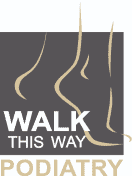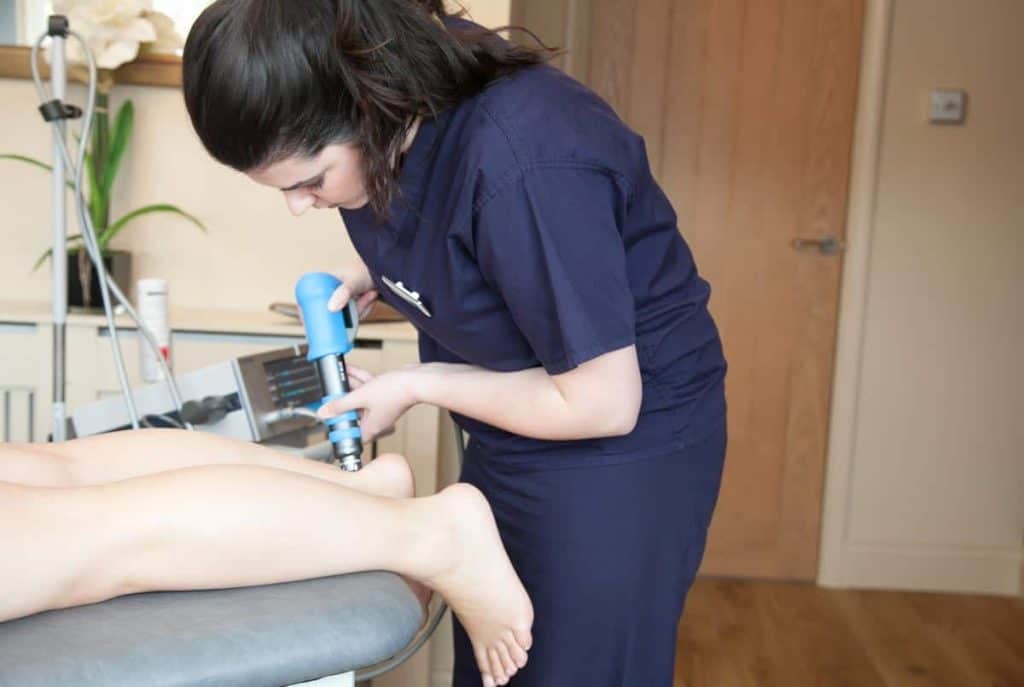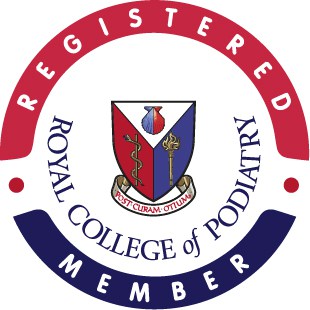Shockwave therapy is a non-invasive medical treatment that uses high-energy sound waves to stimulate the body’s natural healing processes and reduce pain. It is used to treat a variety of conditions, including musculoskeletal problems like plantar fasciitis and tennis elbow.
What is Shockwave Therapy used for?
Most foot conditions such as Plantar Fasciitis, Achilles Tendinopathy and Patella Tendinopathy have their root in damaged tissue. A soft tissue injury can affect your ligaments, muscles and tendons. When this type of injury doesn’t resolve itself within six weeks, it can turn into chronic pain, affecting movement. Because in long-term soft tissue injuries, inflammation is persistent, the pain is usually treated and managed with anti-inflammatory medication, Steroids (also called Corticosteroids injections,) and in some cases, surgery. If you have gone through these treatments and nothing has relieved your chronic foot pain, you can try Extracorporeal Shockwave Therapy.
When to use shockwave therapy?
Shockwave Therapy is offered as an alternative treatment to the more traditional methods for soft tissue injury and has proven to be very effective in alleviating chronic inflammation. At Walk This Way Podiatry, we use Shockwave Therapy to treat conditions such as Plantar Fasciitis, shin splints, Achilles Tendinopathy, Patella Tendinopathy, acute arthritis, and chronic pain injuries.
What are the benefits of shockwave therapy?
Shockwave Therapy is a quick, safe and non-invasive procedure, meaning it promotes the body’s natural healing to reduce pain and restore mobility without the need for long-term medication. Shockwave therapy works in two different ways to treat persistent soft tissue injury pain. First, the acoustic shockwaves help desensitise nerve endings, which will often immediately reduce pain. Secondly, the shockwaves cause a controlled miniature injury to the scar tissue, launching the body’s healing response increasing blood circulation in the affected area. The shockwaves can also break down thickened tissue (fibrosis) and calcification without affecting the healthy tissue. Other benefits include:
● No anaesthesia
● Non-surgical
● Fast treatment (only 20 mins per session)
● Significant improvement 6-8 weeks after treatment
● Natural analgesic effect
● No risk of infection
● No risk of tendon rupture as it may rarely occur with steroid injections
Does shockwave therapy work?
The National Institute for Health and Clinical Excellence (NICE) has approved Shockwave therapy as a safe technique for treating soft tissue injuries, including Plantar Fasciitis, Achilles Tendinopathy, shin splints, Patella Tendinopathy, and acute arthritis. There is clinical evidence to support the effectiveness of Shockwave therapy, with studies showing a 70% success rate for the treatment of Tendinopathy (Moya et al, 2018, Dedes et al 2018). Shockwave Therapy is well tolerated. On average, four to six Shockwave therapy sessions show a significant relief in pain for patients, with three to four months for the best results to be achieved. If your condition is very chronic, subsequent treatments may be needed. However, at Walk This Way Podiatry, we advise that patients combine Shockwave therapy with rehabilitation and other treatment modalities such as strapping, custom foot orthotics and the use of appropriate shoes to increase the success rate of the treatment.
Can shockwave therapy cause damage or pain?
While shockwave therapy is generally safe and well-tolerated, like with most treatments there is a potential risk of injury associated with the procedure. One possible side effect of shockwave therapy is pain or discomfort at the site of treatment. This may be due to the intense pressure waves generated by the therapy, which can cause temporary soreness, swelling, or bruising. However, these symptoms are usually mild and resolve quickly on their own. In rare cases, shockwave therapy may cause more serious complications, such as nerve damage, blood vessel injury, or skin burns. These risks are generally higher when the therapy is performed by an inexperienced or untrained practitioner, or when it is used inappropriately or in combination with other treatments. Overall, the risk of injury from shockwave therapy is relatively low, especially when the procedure is performed by a qualified podiatrist using appropriate safety measures. We always ask patients considering this treatment should discuss the potential risks and benefits with us to determine if it is a safe and appropriate option for their particular condition. .
Is shockwave therapy safe?
Shockwave therapy is generally considered a safe and non-invasive treatment option. While some patients may experience mild discomfort or soreness at the site of treatment, serious complications are rare and generally only occur when the procedure is performed by an unqualified practitioner or used inappropriately. As with any medical treatment, it is important to discuss the potential risks and benefits of shockwave therapy with your podiatrist to determine if it is a safe and appropriate option for your specific condition.
If you would like to discuss Shockwave therapy in more detail or book a consultation to find out if you qualify for the treatment, book a consultation.








